Ghost Robotics sees success
March 13, 2019
Westford Academy’s robotics team, Ghost Robotics, has had a remarkable season this past year, including finishing 18th place in all of Massachusetts. The 16-member team consisted of five freshmen, four sophomores, and seven juniors. The team prepared for four months for their first match, held in February.
“The team came together, and I feel like we came a long way, unlike last year. Last year there were only one or two people here at like nine p.m. but now I feel like more people are dedicated,” said junior Captain Lexi Krzywicki, who noted that some days, the meetings would not end until 10 p.m.
This year, the robotics league First Tech Challenge’s main challenge was to get special Minerals (46 golden cubes and 52 white spheres) from the Crater, an obstacle which was about three inches high (which would be a challenge for a robot to get over). The robots had to take minerals from the Crater and put them in the Lander (a cube that is approximately three feet by three feet and is about one foot above the floor). The inside of the Lander is divided into quarters. The blue alliance gets two of the quarters, one for the spheres and the other for the cubes. The other two quarters are for the red alliance to use in a similar pattern.
An alliance consists of two teams, where a team would be a single unit, such as Ghost Robotics. The alliances were randomized every match in the qualification rounds. So in a different game, Team A and Team C may be on the red alliance while Team B and Team D may be on the Blue Alliance. Each match lasts two minutes and 30 seconds. 30 seconds is played for autonomous, which is when the robot is programmed prior to the match with no manual override, and two minutes is for TeleOp, when the robot is controlled by two drivers with remotes.
In the first qualifier at Andover, the team performed exceptionally well, coming in second place by finishing 4-1 in the qualification rounds, which allowed them to move on to the elimination round. In the elimination round, the top four teams can choose any team they want to be their Alliance Partner below or equal to them in the rankings. If there were under 25 teams, a team can only choose one team to be in their alliance.
In the elimination round, WA ended at second place losing to an alliance who would eventually move on to the Worldwide competition, a national robotics competition. But since WA ended in second, they were able to move on to the Statewide competition.
When asked if the team will perform well enough in the Statewide competition, Chief Programmer Joshua Lin, a junior, said: “Sure hope so.”
Kryzwicki added that Massachusetts is a challenge to beat.
“We have some really tough teams in Massachusetts,” she said.
Before the Statewide competition, the team had another qualifier as a practice run but which would not affect their advancement to the Statewide competition. So for the second qualifier, the team took it easy and ended in 13th place. The team did have some bad luck in a number of matches including one in which their alliance partner’s robot would not move at all. But even though WA had some terrible luck, the top four teams recognized the potential of WA’s robot. WA was chosen as the third choice alliance partner by the team that eventually placed first. WA performed a little below par but the team ended up being carried by the first place team and became part of the Winning Alliance, a title that had not been won by WA in a few years.
Krzywicki addressed the team in a message about the competition stating: “We had a few major fails, but we’ll work hard from now until states to improve our robot.”
At the Statewide competition, the team did not expect to advance to the Worldwide competition. The team ended in 18th with a record of 3-2. The team did have a very unlucky loss in the first round since WA’s alliance partner was the best team, but their robot would not turn on. It also would have been a win since this was the team that had carried Westford in the last competition.
When asked about her expectations, Krzywicki said: “I didn’t really have a lot because of the night before, so I went into the competition hoping we could get the rack and pinion, an essential part to the robot, working.”

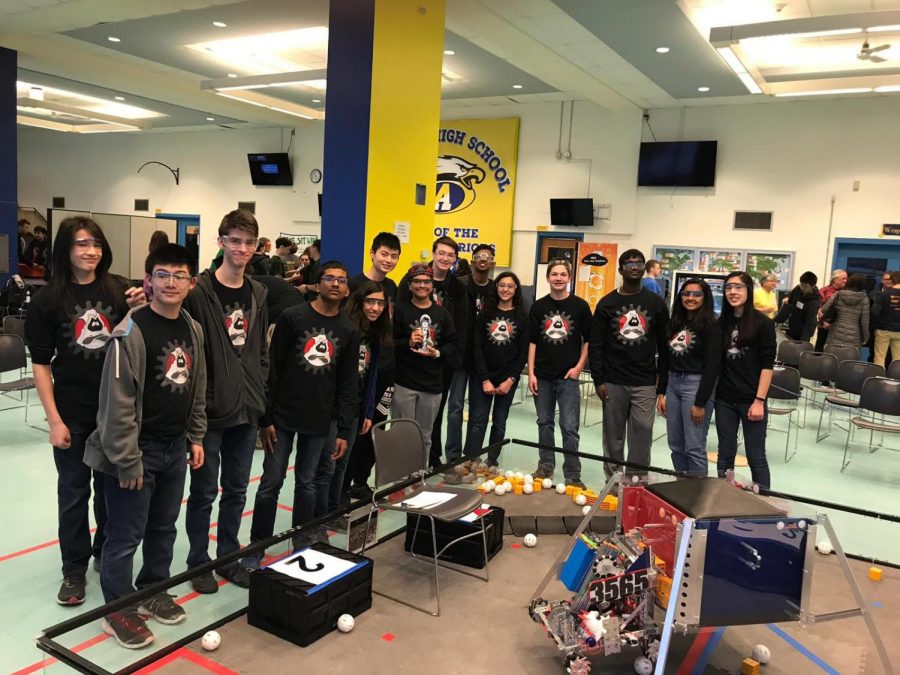
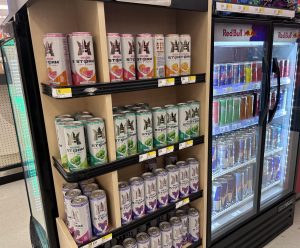


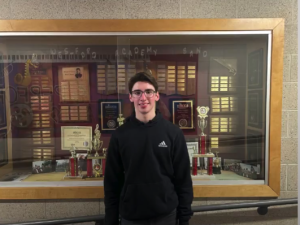


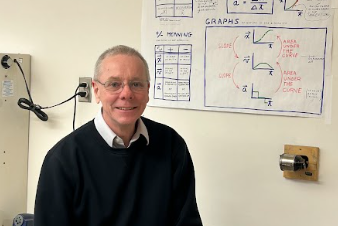
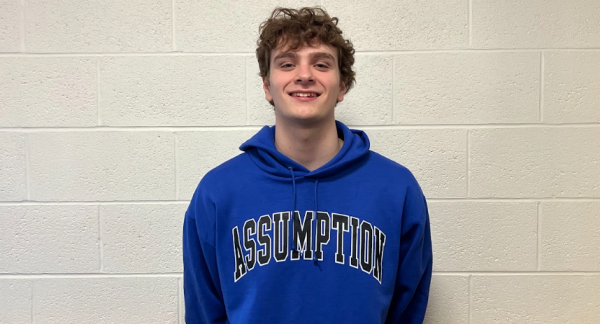
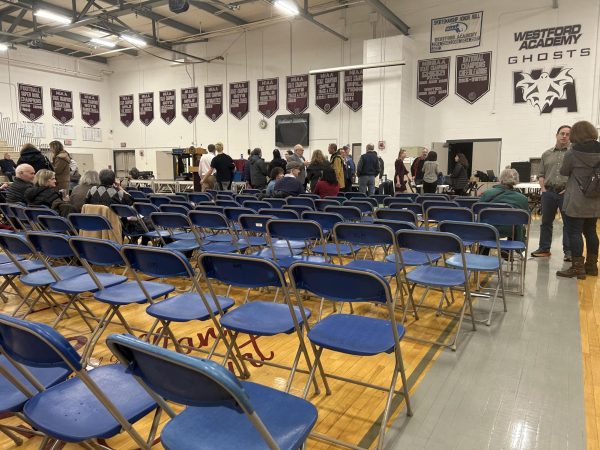

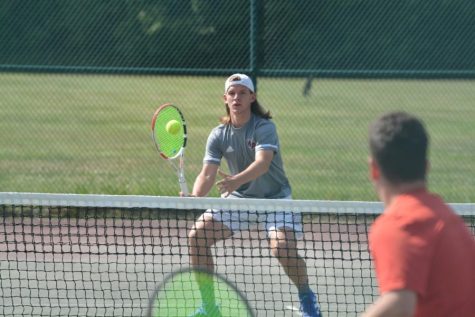
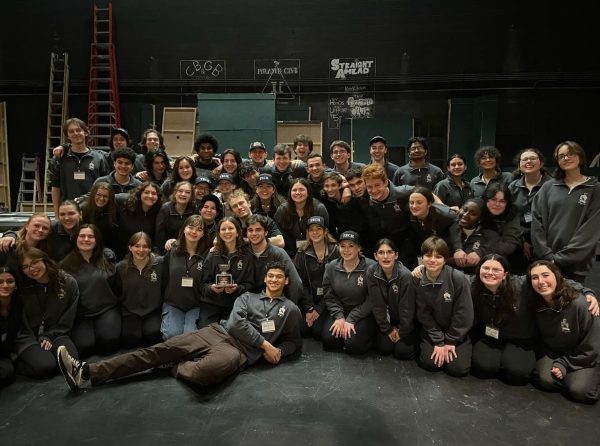
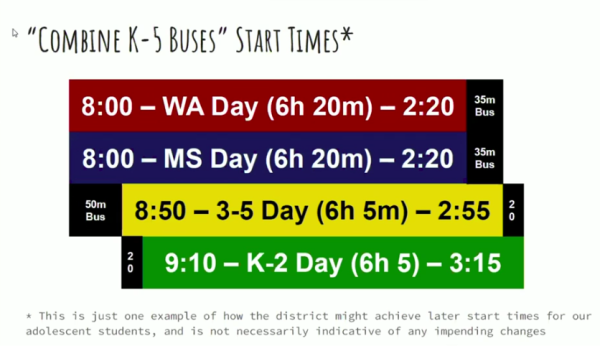
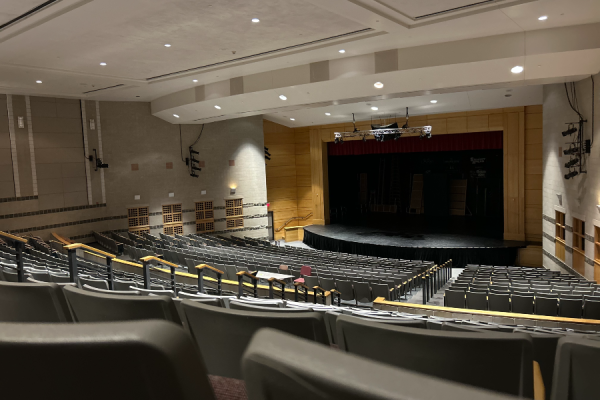
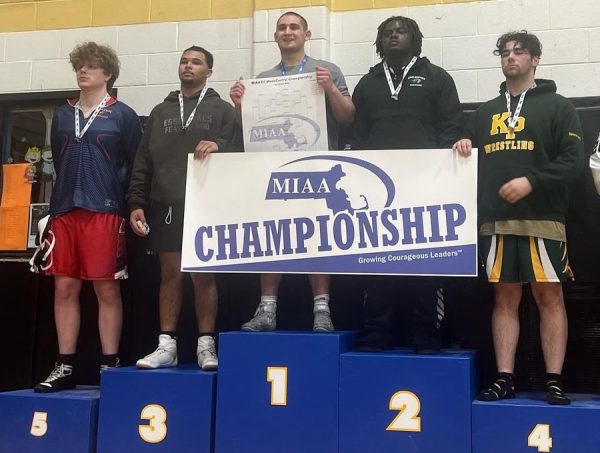
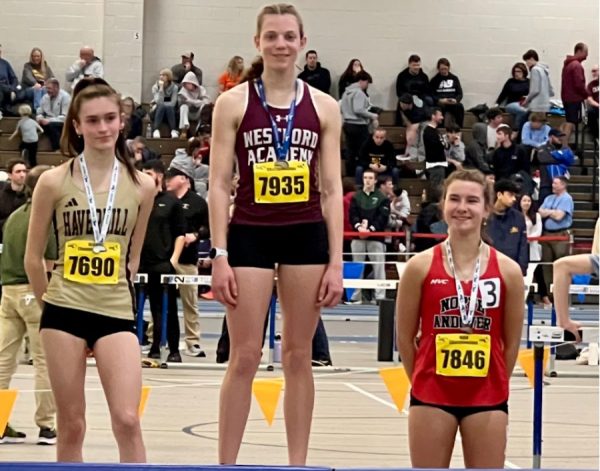
Fawad • Feb 6, 2021 at 4:20 pm
Hey MK, I hope your doing well. Thanks for the apples!
Regards,
Newton